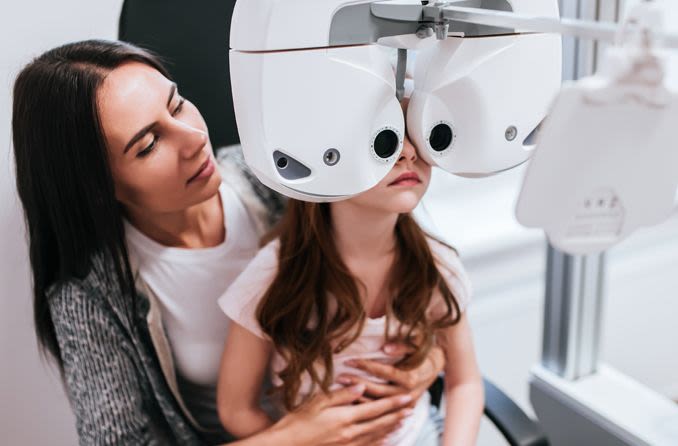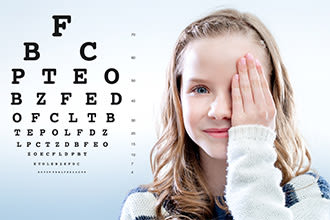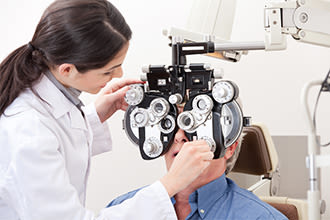What is 20/20 vision?

What does 20/20 vision mean?
20/20 vision means that a person can read a certain row of letters on a standard eye chart from 20 feet away. In the United States, 20/20 is widely regarded as “normal” eyesight. In terms of eyesight alone, someone with 20/20 vision can perform most or all of the basic tasks and duties required in daily life.
About 1 in 3 American adults has 20/20 vision without prescription glasses, contact lenses or any other form of vision correction.
Around 3 in 4 American adults have 20/20 vision with vision correction.
What does 20/20 vision measure?
20/20 vision is a measurement of visual acuity — the sharpness of your eyesight. Acuity measurements usually come in the form of fractions that start with the number “20,” followed by a slash and a second number.
“20/20” may be the most recognizable fraction, but there are many others too.

Visual acuity is tested one eye at a time, with the help of a standardized Snellen eye chart.
A Snellen eye chart is a popular method eye doctors use to determine visual acuity. A Snellen chart is the one with one big letter at the top (usually an “E”) and rows of gradually smaller letters below it.
During one of these tests, the patient will cover one eye and, starting at the top, read as far down as they can before the letters get too hard to read.
The last line the patient can read determines their visual acuity measurement.
SEE RELATED: Measure your visual acuity with a free printable Snellen chart
Is anything better than 20/20 vision?
Yes! It’s easy to think that 20/20 vision is the best — but it actually isn’t. 20/20 simply means your vision is "normal."
20/15 vision is slightly better than 20/20. 20/10 is even better, and 20/5 is sharp as a tack.
Can’t quite achieve 20/10 or 20/5 vision? Don’t beat yourself up.
Not many people have 20/10 vision, and birds of prey are some of the only animals thought to have 20/5 vision.
Some notable measurements (after correction) include:
20/15 – Most young people with healthy eyes have 20/15 vision, or even slightly better.
20/40 – The lowest measurement required by most states to get an unrestricted driver’s license
20/200 – People with 20/200 vision or lower are considered legally blind. Those with 20/200 eyesight can only read the single large letter at the top of a Snellen chart.
20/20 vision isn’t the only eyesight standard
Visual acuity testing is a helpful way to determine your visual sharpness in a controlled setting, but it doesn’t predict the quality of your eyesight in all situations.

Your eye doctor or an assistant will use an instrument to show you choices of lenses to sharpen your eyesight.
For example, acuity can’t predict how well you can see:
Objects that are similar in brightness to their background
Moving objects
Inside your eyes and brain, three major factors determine how sharp your vision is:
How accurately the cornea and lens focus light onto the retina
The sensitivity of the nerves in the retina and vision centers in the brain
The brain’s ability to interpret the information it receives from the eyes
Only light focused on a small and sensitive portion of the central retina, called the macula, influences the measurements you get during an eye exam.
Improving your visual sharpness
In the U.S. alone, more than 190 million adults use some form of vision correction to improve their eyesight.
The first step to maximizing the clarity and comfort of your vision is to see a qualified optometrist or ophthalmologist for a comprehensive eye exam.
Tell your eye doctor about your eyesight — how well you can perform daily activities and any problem areas you’ve noticed in the past. In addition to testing the quality of your eyesight, they’ll perform a few quick, painless exams to check the outer and inner health of your eyes.
Even if you’re happy with your eyesight, you might be surprised by how far a little vision correction will go.
READ MORE: Are you nearsighted or farsighted?
What does 20/20 vision mean? American Academy of Ophthalmology. January 2020.
Visual acuity. American Optometric Association. Accessed June 2021.
Organizational overview. The Vision Council. Accessed June 2021.
Page published on Wednesday, February 27, 2019






